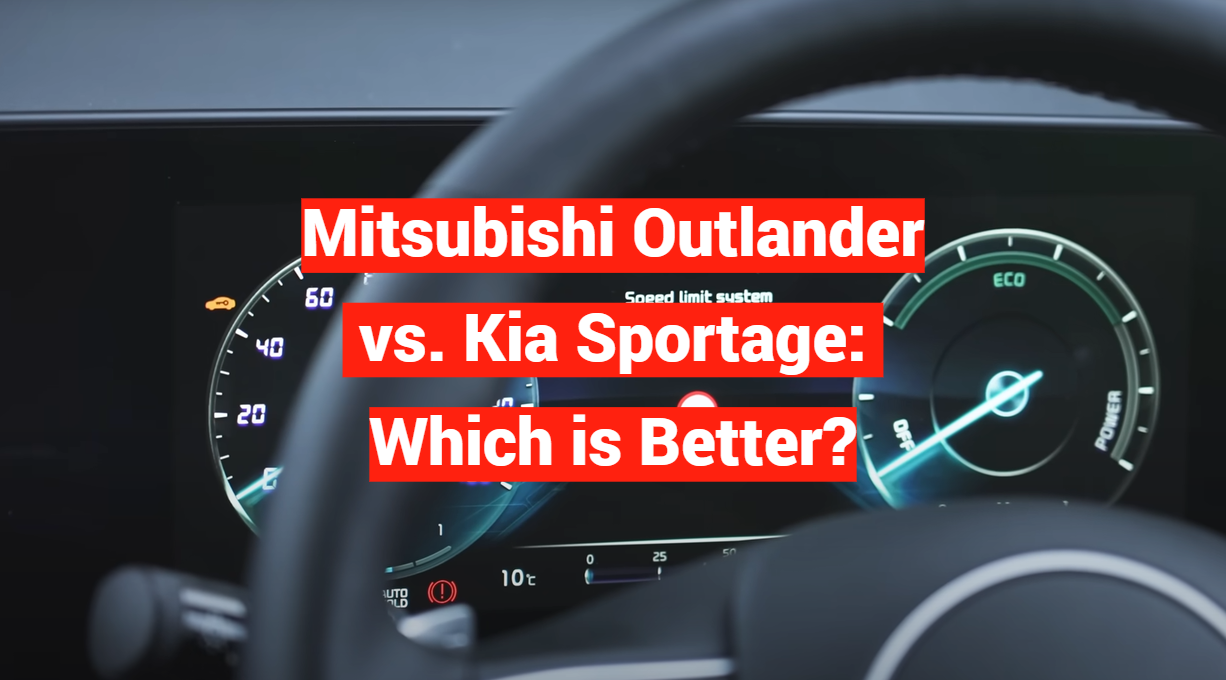Are you on the hunt for the perfect family SUV but finding yourself overwhelmed by the seemingly endless options? This comprehensive comparison and review is going to take a deep dive into two formidable contenders – the Mitsubishi Outlander and the Kia Sportage. Packed with advanced features, spacious interiors, and impressive performance, these SUVs are poised to deliver an unforgettable driving experience. Get ready to buckle up and embark on a thrilling adventure to determine which of these models reigns supreme in the battle for automotive supremacy.
What is SUV?
First, establish what exactly an SUV is. SUV stands for Sport Utility Vehicle, and it is a type of vehicle that combines elements of a traditional passenger car with those of a larger truck or van. The result is a versatile and rugged vehicle that can handle both the rough terrain of off-roading and the smooth roads of daily driving.
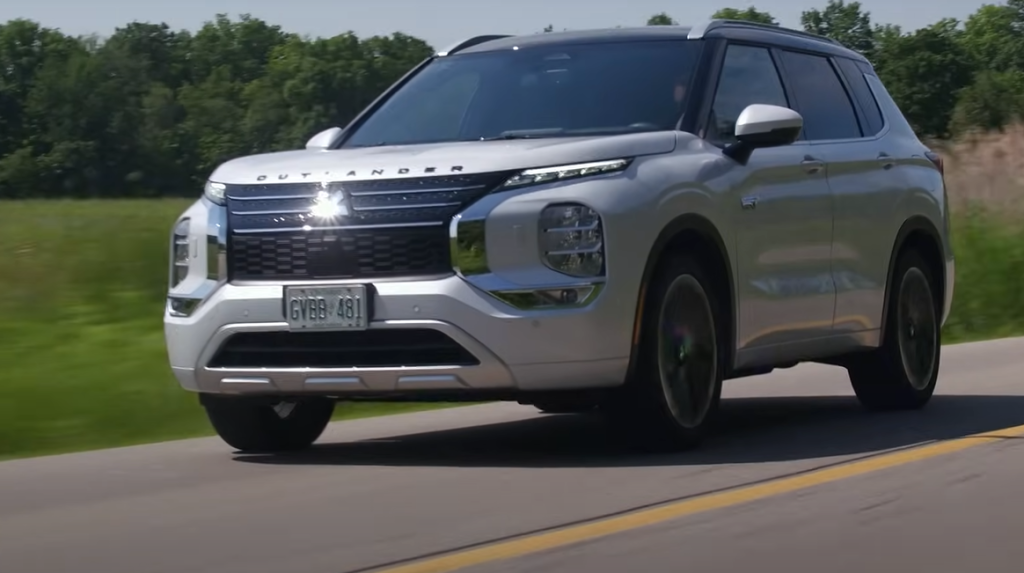
SUVs have gained immense popularity among families due to their spacious interiors, ample cargo space, and all-wheel drive capabilities, making them perfect for accommodating both passengers and luggage during long trips. Not only that, but SUVs have also become the top choice for adventure enthusiasts who love outdoor activities like camping, hiking, and skiing. With their rugged design and versatility, SUVs offer the freedom to explore off-road terrains while providing comfort and safety.
As the demand for SUVs continues to grow, car manufacturers have stepped up their game by introducing a wide range of features to cater to different preferences and needs. From advanced technology systems to luxurious amenities, SUVs now come in various models that offer a multitude of options. However, this abundance of choices has also resulted in a saturated market, making the decision of choosing the right SUV a challenging task.
When considering an SUV, factors such as fuel efficiency, towing capacity, and safety features need to be taken into account. Additionally, considering the size and seating capacity of the vehicle is crucial for families with children or those who frequently travel with a large group of friends. By carefully evaluating these factors and assessing your specific requirements, you can find the perfect SUV that suits your lifestyle and enhances your driving experience [1].
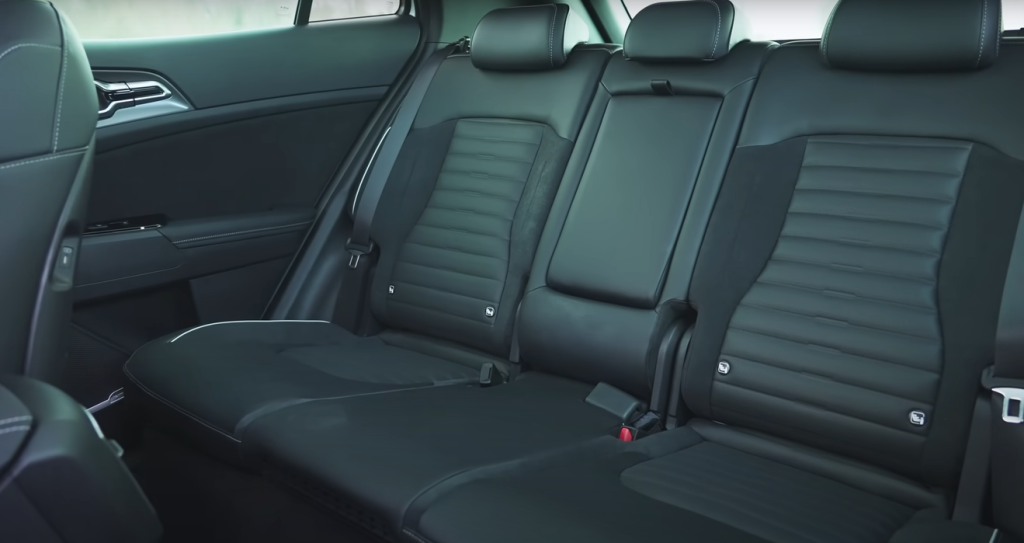
SUV Types
SUVs come in different shapes and sizes, each catering to a specific market segment. Some of the most common types of SUVs include:
- Compact SUVs: These vehicles are smaller in size compared to other SUVs, which not only makes them more fuel-efficient and maneuverable, but also perfect for navigating crowded city streets and tight parking spaces. Despite their compactness, they still offer ample seating and cargo space, making them versatile for both daily commuting and weekend getaways.
- Midsize SUVs: Slightly larger than compact SUVs, these vehicles strike a balance between spaciousness and agility. With their increased size, they provide more legroom and cargo capacity, making them ideal for families or individuals who prioritize comfort and versatility. Whether it’s a road trip or a grocery run, midsize SUVs offer the perfect blend of practicality and ease of handling.
- Full-size SUVs: When it comes to space and power, full-size SUVs take the lead. These robust vehicles provide generous seating for large families or groups of friends, along with abundant cargo room for all your gear. Additionally, their robust towing capabilities make them a reliable choice for hauling trailers, boats, or other heavy loads. With their commanding presence on the road, full-size SUVs deliver both functionality and confidence.
- Luxury SUVs: If you’re seeking the epitome of elegance and refinement, luxury SUVs are the way to go. Crafted with meticulous attention to detail, these vehicles offer a lavish interior adorned with premium materials and cutting-edge technology. From advanced driver-assistance systems to opulent comfort features, luxury SUVs provide a first-class experience for drivers and passengers alike. Elevate your driving experience with the perfect blend of style and sophistication.
- Off-road SUVs: For the adventurous souls who crave adrenaline-fueled escapades, off-road SUVs are purpose-built to conquer challenging terrains. Equipped with specialized suspension systems, larger tires, and advanced four-wheel drive capabilities, these vehicles can navigate through mud, rocky trails, and steep inclines with ease. Whether it’s exploring off-the-beaten-path destinations or embarking on thrilling outdoor adventures, off-road SUVs are designed to keep you going, no matter the obstacles you encounter [2].
Mitsubishi Outlander vs Kia Sportage Review
On the outside
At first glance, both the Mitsubishi Outlander and the Kia Sportage display a sleek and modern exterior design that exudes confidence. The Outlander boasts sharp lines and a bold grille with a chrome finish, giving it a robust appearance. On the other hand, the Sportage features a more athletic stance with its curved body and distinctive tiger-nose grille.
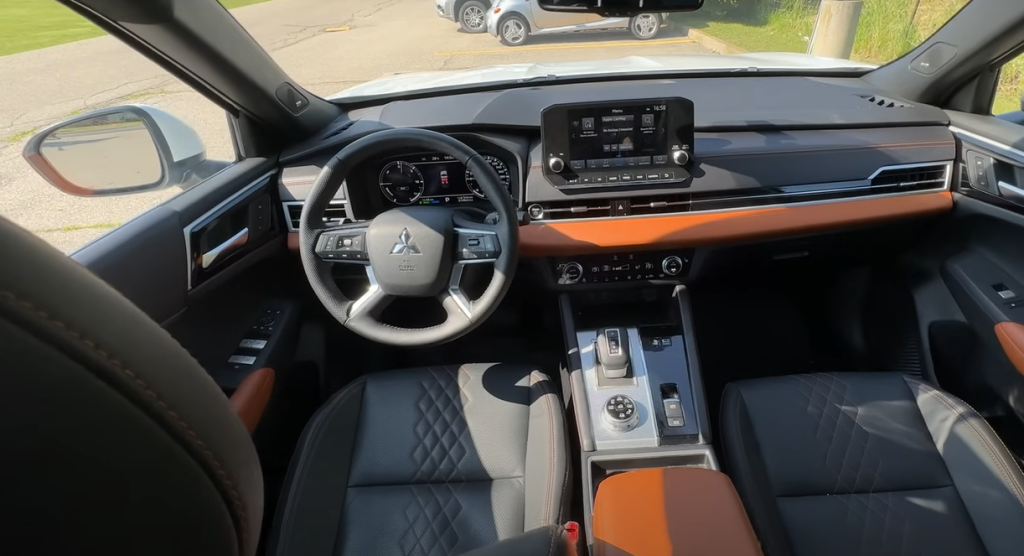
In terms of dimensions, the Outlander is slightly larger than the Sportage, measuring 184.8 inches in length compared to the Sportage’s 176.4 inches. This difference translates into more interior space for the Outlander, providing a roomier feel for passengers and cargo.
Under the hood
The Mitsubishi Outlander comes with two engine options – a standard 2.4-liter inline-four engine that produces 166 horsepower and a more powerful 3.0-liter V6 option with 224 horsepower. On the other hand, the Kia Sportage offers two turbocharged options – a 1.6-liter four-cylinder engine with 175 horsepower and a 2.0-liter four-cylinder engine with 240 horsepower.
When it comes to fuel efficiency, the Sportage has a slight edge with an EPA-estimated 23/30 mpg city/highway compared to the Outlander’s 25/30 mpg. However, the Outlander makes up for this with its higher towing capacity of up to 3,500 pounds.
Interior Features
Both the Mitsubishi Outlander and Kia Sportage offer a range of features to enhance comfort and convenience. The Outlander comes with standard Android Auto and Apple CarPlay compatibility, along with a 7-inch touchscreen display. It also offers an optional third-row seating for additional passenger capacity.
The Sportage, on the other hand, boasts an 8-inch touchscreen display and wireless phone charging capability as part of its standard features. Additionally, it offers a Harman Kardon premium audio system and heated/ventilated front seats as optional upgrades.
Safety and Technology
In terms of safety features, both the Outlander and Sportage offer advanced driver-assistance systems such as blind-spot monitoring, rear cross-traffic alert, and lane-departure warning. However, the Outlander takes safety to the next level with its available Mitsubishi Connect system, which provides emergency and roadside assistance, remote start capabilities, and stolen vehicle tracking.
When it comes to technology, the Sportage stands out with its standard UVO infotainment system that allows for voice-activated controls and smartphone integration. It also offers a driver attention warning feature that alerts drivers when it detects signs of drowsy or distracted driving.
On the road
Both the Mitsubishi Outlander and Kia Sportage provide a smooth and comfortable ride, with responsive handling and precise steering. The Outlander’s larger size makes it a bit more stable on the road, while the Sportage’s turbocharged engines give it an extra boost of power.
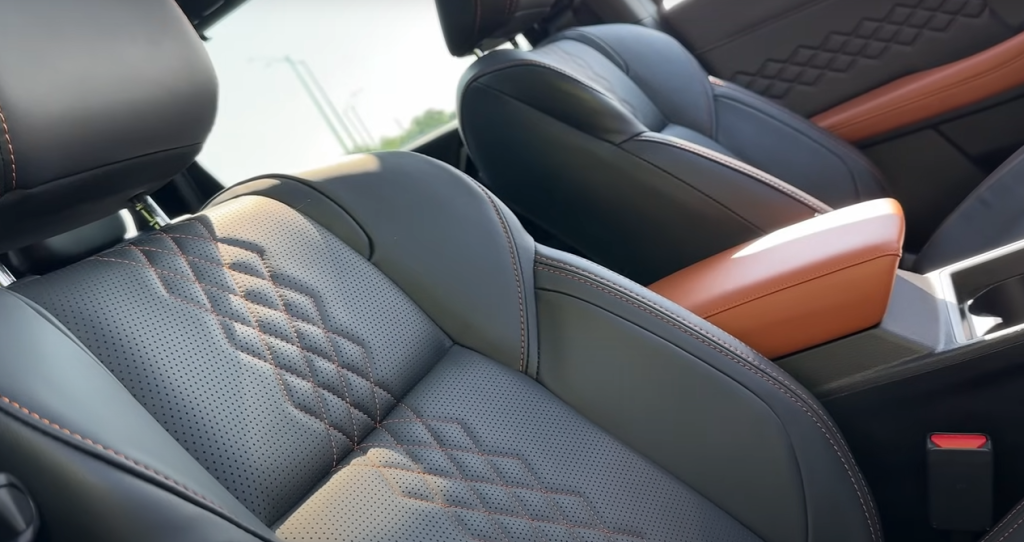
Ultimately, choosing between the two will depend on your specific needs and preferences. If you prioritize space and towing capacity, the Outlander may be the better option. For those who value technology and performance, the Sportage may be a better fit.
In the long run
Overall, both the Mitsubishi Outlander and Kia Sportage offer impressive features and capabilities that make them great choices in the SUV market. When it comes to reliability, Mitsubishi has a slightly higher ranking than Kia according to J.D. Power’s 2020 U.S. Vehicle Dependability Study.
In terms of cost, the Outlander starts at a lower base price compared to the Sportage, making it a more budget-friendly option. However, keep in mind that additional features and upgrades may increase the overall cost. The average price of Mitsubishi Outlander is around $26,000 while the Kia Sportage averages at $27,000.
Verdict
Overall, both the Mitsubishi Outlander and Kia Sportage offer impressive features and capabilities that make them great choices in the SUV market. Whether you prioritize space, performance, or technology, these two vehicles have something to offer for everyone. Ultimately, it all comes down to personal preference and what fits your specific needs and budget. Take both for a test drive to see which one speaks to you and make the decision that will elevate your driving experience [3].
What should you consider while choosing an SUV?
Seating and Cargo Capacity
One of the primary reasons why many people choose SUVs over sedans or hatchbacks is because of their spacious interior. When considering an SUV, it’s important to think about the number of passengers you will typically have and whether you require extra room for cargo, such as sports equipment, groceries, or luggage.
Some SUVs even offer the convenience of third-row seating, which can be useful for larger families or occasions when you need to accommodate more people. However, it’s worth noting that while a third-row can be beneficial, it may not provide sufficient legroom for adults, making it more suitable for children or occasional use. By carefully evaluating your needs and considering these factors, you can make an informed decision when choosing the right SUV for your lifestyle.
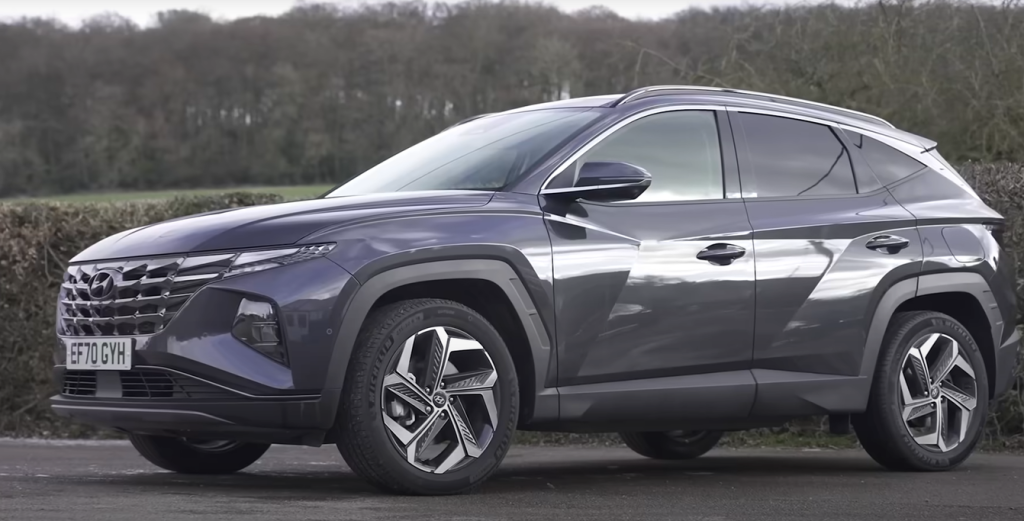
Fuel Efficiency
SUVs are often associated with higher fuel consumption due to their larger size and weight. However, with advancements in technology, many SUVs now offer better fuel efficiency compared to their predecessors. This is achieved through innovative engineering and the implementation of hybrid or electric powertrain options. When researching potential options, be sure to check their EPA-estimated ratings for city and highway mpg, as well as additional features like regenerative braking and intelligent fuel management systems.
Taking these factors into consideration can save you money in the long run, especially if you have a long commute or frequently travel in various terrains. By choosing a fuel-efficient SUV, you not only reduce your carbon footprint but also enjoy the benefits of a spacious and versatile vehicle for your daily adventures.
Safety and Active Driver Assistance Systems Technologies
When it comes to selecting a vehicle, prioritizing safety is crucial, and this applies to SUVs as well. Consider opting for SUVs equipped with advanced safety features like blind-spot monitoring, which alerts you to vehicles in your blind spots, and rearview cameras, providing a clear view of the area behind you. Additionally, features such as lane departure warning can help keep you in your lane, while automatic emergency braking can assist in avoiding collisions.
For added peace of mind, some higher-end SUVs offer features like adaptive cruise control, which adjusts your speed to maintain a safe distance from the vehicle ahead, and parking sensors to assist with parking maneuvers. By choosing an SUV with these technologies, you can take proactive measures to prevent accidents and ensure a safer journey on the road.
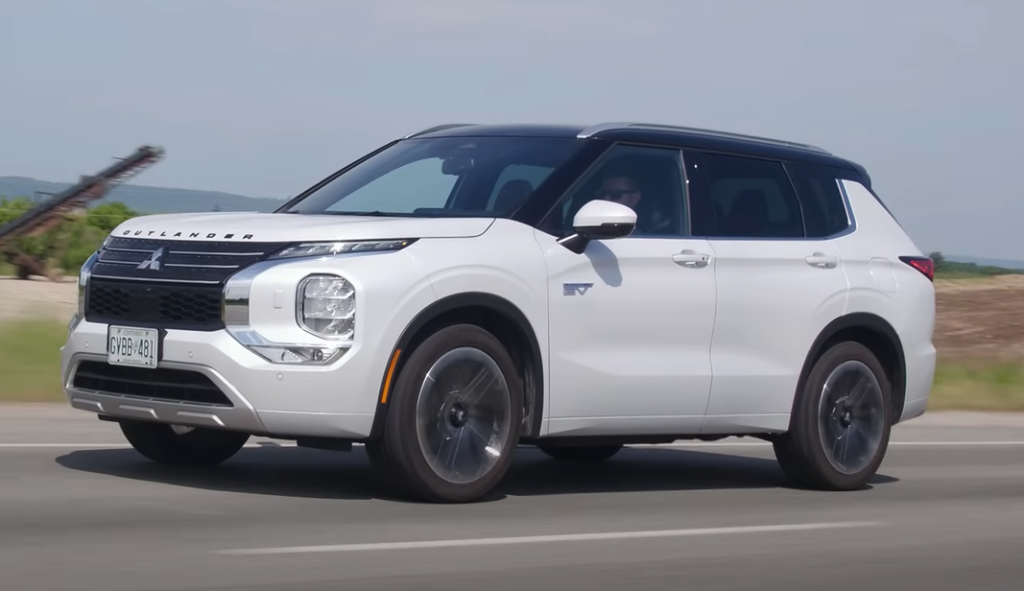
2WD vs. AWD vs. 4WD
Another important consideration is the drivetrain of your SUV. Two-wheel drive (2WD) SUVs are typically front-wheel drive, meaning the power goes to the front wheels, and rear-wheel drive, where power is directed to the back wheels. This type of drivetrain is sufficient for most everyday driving situations.
All-wheel drive (AWD) is designed to provide better traction in various weather conditions, making it a popular choice for SUVs. AWD systems automatically distribute power to all wheels as needed, providing more control and stability on slippery roads.
Four-wheel drive (4WD) is ideal for off-road adventures, providing added torque and traction for steep inclines or rough terrain. However, 4WD may not be necessary if you primarily drive on paved roads and can add significant weight and cost to your SUV.
Towing Capacity
If you plan on towing a trailer or camper, it’s vital to thoroughly check the towing capacity of your chosen SUV. It’s worth noting that different SUVs have varying limits, and surpassing these limits can potentially lead to significant damage to your vehicle and compromise safety on the road. Additionally, it’s important to consider that towing capacity is not solely determined by the make and model of the SUV, but also influenced by factors such as engine size, drivetrain, and even the distribution of weight on the trailer. Taking these details into account will ensure that you make an informed decision and have a safe towing experience.
Budget
Last but certainly not least, consider your budget when choosing an SUV. The price range for SUVs can vary greatly, from affordable options to luxury models with premium features. Factor in not only the initial purchase cost but also long-term expenses such as fuel, maintenance, and insurance. Additionally, keep in mind that optional upgrades and added features can significantly increase the overall cost of an SUV. Make sure to research and compare prices and features of different SUV models to find the best fit for your budget and needs. With careful consideration, you can find an SUV that checks all your boxes without breaking the bank.
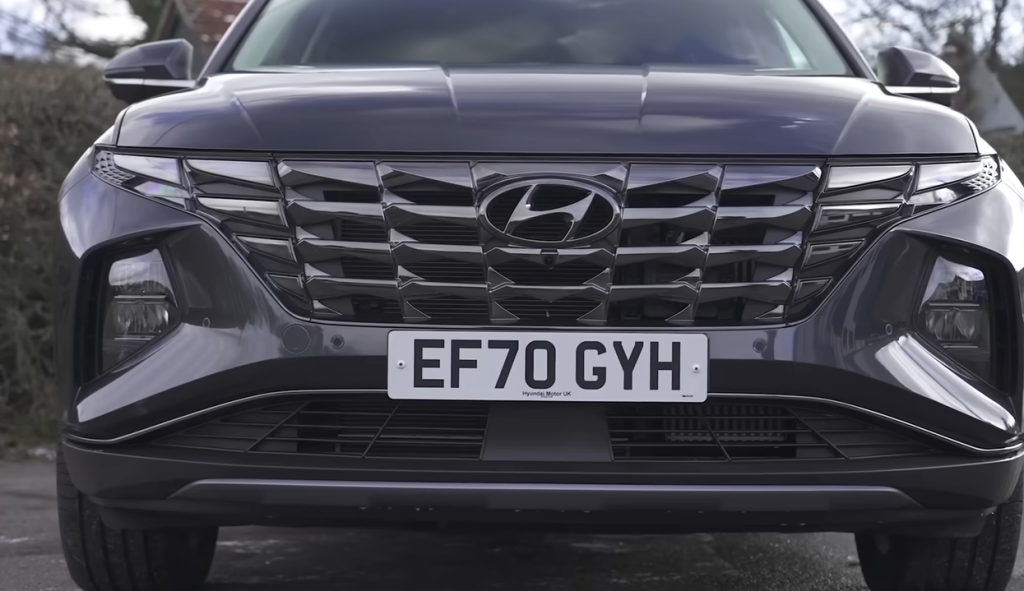
FAQ
Which brand is better: Kia or Mitsubishi?
The answer to this question ultimately depends on your personal preferences and needs. Both Kia and Mitsubishi offer a range of SUV models with various features, performance capabilities, and price points. It’s recommended to research and compare specific models from each brand to determine which one aligns best with your requirements. Additionally, consider reading reviews from other owners and consulting with trusted car experts for their insights.
Are SUVs safe to drive in winter conditions?
While no vehicle is entirely immune to hazardous weather conditions, SUVs with AWD or 4WD drivetrains can provide more control and stability on slippery roads. However, it’s important to note that these features do not guarantee complete safety and caution should always be exercised while driving in inclement weather. It’s also recommended to equip your SUV with winter tires for enhanced grip and traction on icy or snowy roads.
Is it better to buy a new or used SUV?
The answer depends on individual factors such as budget, desired features, and personal preferences. New SUVs typically offer the latest technology and improved fuel efficiency but come with a higher price tag. On the other hand, used SUVs can offer significant savings but may have higher mileage and potentially require more maintenance. It’s essential to carefully consider your options and thoroughly inspect any used SUV before making a purchase decision. Ultimately, the best option will vary for each individual and their specific needs and circumstances.
What is the difference between the Kia Sportage 2023 and the Mitsubishi Outlander?
The Kia Sportage 2023 and the Mitsubishi Outlander are both compact SUVs, but they have some significant differences. The Sportage offers a more powerful engine option and slightly higher fuel efficiency, while the Outlander has a larger cargo space and available third-row seating. In terms of technology, the Outlander comes with standard safety features like blind-spot monitoring, whereas the Sportage offers these features as optional upgrades. Ultimately, it’s important to compare specific models and features to determine which one better suits your needs and preferences. Understanding the differences between different SUV brands and models can help you make an informed decision and find the perfect fit for your lifestyle and budget.
What is the Mitsubishi equivalent to the Kia Sportage?
The Mitsubishi equivalent to the Kia Sportage is the Outlander Sport. Both of these SUVs fall into the compact SUV category and offer similar features and capabilities, such as available AWD drivetrain options and various safety technologies. However, it’s recommended to compare specific models from each brand to determine which one best meets your individual needs and preferences. Keep in mind that while both brands may offer similar options, there can be differences in performance, reliability, and pricing that could sway your decision. Ultimately, it’s important to do thorough research and test drive different SUV models to find the right fit for you.
Is the Mitsubishi Outlander a good reliable car?
The Mitsubishi Outlander is generally considered a reliable car with a good track record for safety and durability. However, as with any vehicle, individual experiences may vary. It’s recommended to research and read reviews from other owners to get a better understanding of the overall reliability of the Outlander. Additionally, properly maintaining your SUV through regular servicing can help ensure its longevity and prevent potential issues. Ultimately, staying on top of maintenance and taking proper care of your Outlander can help it remain a reliable car for years to come.
How do I choose a good SUV?
Choosing a good SUV ultimately depends on your individual needs and preferences. However, some general factors to consider when selecting an SUV include safety ratings, fuel efficiency, performance capabilities, cargo space, and available features. It’s also important to set a budget and research different models within that price range to find the best fit for you. Additionally, test driving multiple SUVs can help you get a better feel for their overall performance and features. With careful consideration and research, you can choose a good SUV that meets all your requirements and provides a safe and enjoyable driving experience.
What features should I look for in an SUV?
The features you should look for in an SUV depend on your individual needs and preferences. Some popular features to consider include advanced safety technologies such as blind-spot monitoring and lane departure warning, convenience features like keyless entry and push-button start, and entertainment options such as touchscreen displays and smartphone connectivity. Additionally, think about the terrain and weather conditions you may encounter while driving and choose an SUV with appropriate capabilities, such as AWD or 4WD. It’s also recommended to prioritize features that will enhance your driving experience and make your everyday life easier.
What are the benefits of an SUV?
There are several benefits of owning an SUV, including:
- Versatility: SUVs offer a versatile combination of passenger and cargo space, making them suitable for various activities such as family trips, hauling equipment, or even moving furniture.
- Safety: Most SUVs are designed with advanced safety features to provide more protection in the event of a crash. They also tend to have a higher ride height, providing better visibility.
- Capability: SUVs are generally built with powerful engines and capable drivetrains, making them suitable for towing, off-roading, and driving in inclement weather conditions.
- Comfort: With ample room for passengers and available luxury features like heated seats and panoramic sunroofs, SUVs can provide a comfortable driving experience for both short and long trips.
Ultimately, the benefits of an SUV depend on your individual needs and how you plan to use it. Considering these factors can help you determine if an SUV is the right choice for you.
What are some common misconceptions about SUVs?
Some common misconceptions about SUVs include:
- Higher gas consumption: While it’s true that SUVs typically have larger engines and use more fuel than smaller cars, many newer models have improved fuel efficiency due to advancements in technology.
- Unsafe: Some people mistakenly believe that SUVs are less safe due to their size and weight. However, as mentioned before, most SUVs come with advanced safety features that can provide additional protection for drivers and passengers.
- Expensive: SUVs can range in price, but there are options available at various price points. Additionally, with the versatility and capabilities offered by SUVs, they can sometimes be a more cost-effective choice than owning multiple vehicles for different purposes.
Ultimately, it’s important to research and compare specific models to dispel any misconceptions about SUVs and find the right fit for your needs and budget. Overall, SUVs can be a practical and enjoyable vehicle option for many individuals and families. So next time you’re in the market for a new car, don’t overlook the benefits and features that an SUV can offer. With careful consideration and research, you may just find your perfect match.
Conclusion Paragraph
So, deciding between Mitsubishi Outlander and Kia Sportage is not an easy task. Both of these vehicles have their own strengths and weaknesses. It ultimately depends on individual preferences and needs. If fuel efficiency, affordability, and a spacious interior are your top priorities, then the Mitsubishi Outlander might be the better choice for you. On the other hand, if performance and technology features are what you value most, then the Kia Sportage might be the better option. Whichever vehicle you choose, make sure to do your research and take a test drive before making a final decision.
Kia Sportage v Mitsubishi Outlander comparison review: A tough SUV battle!
References
- https://www.caranddriver.com/research/a31787452/suv-meaning-what-is-an-suv/
- https://chevrolet.com.ph/blog/types-of-suvs/
- https://www.carexpert.com.au/kia/sportage/vs/mitsubishi/outlander

